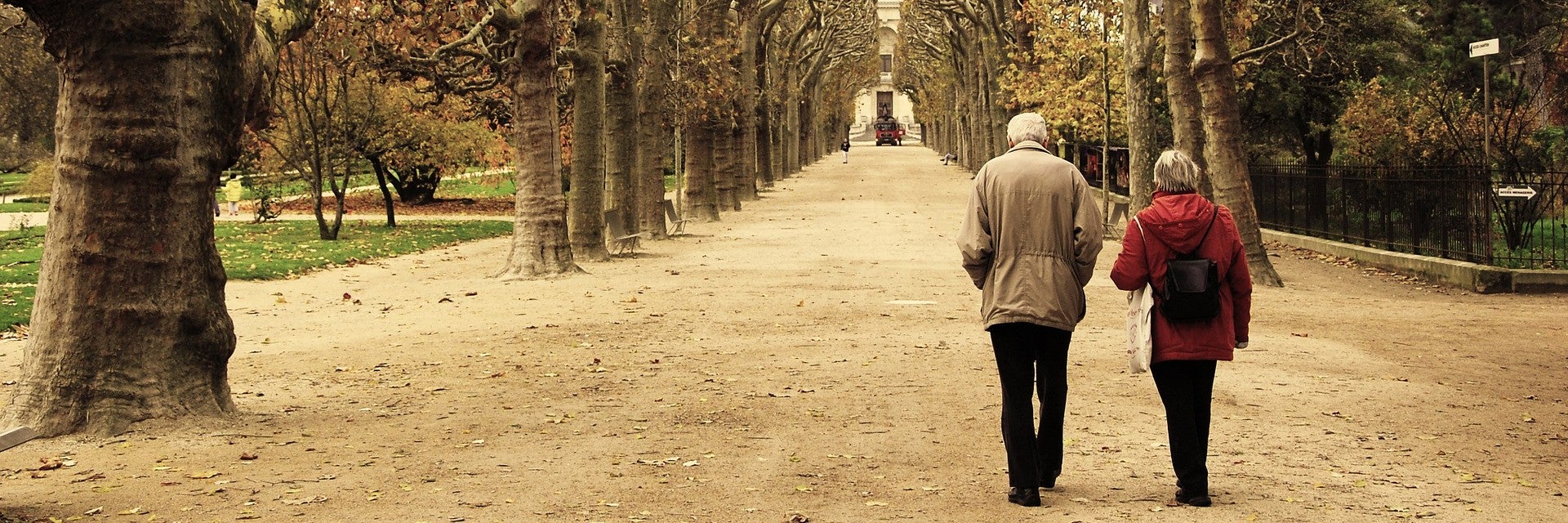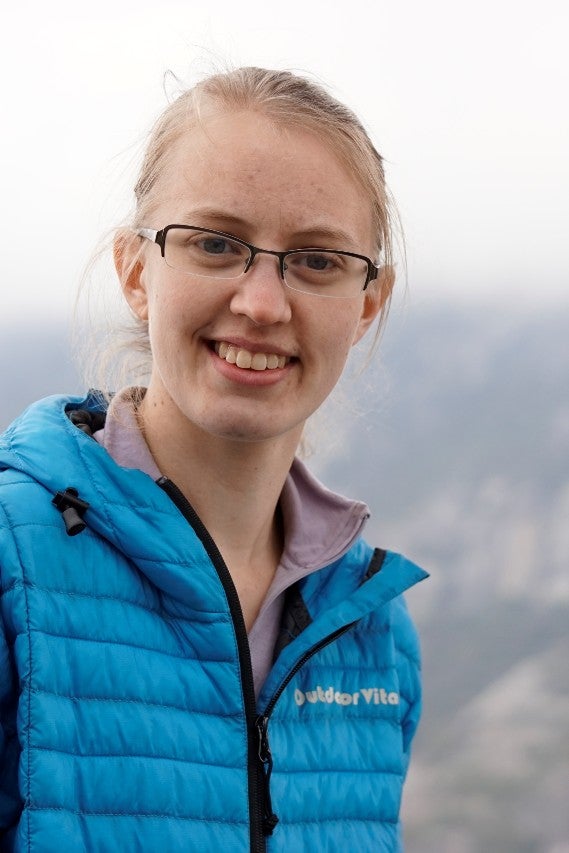 Musculoskeletal Adaptation of Young and Older Adults in Response to Environmental, Physical, and Cognitive Conditions
Musculoskeletal Adaptation of Young and Older Adults in Response to Environmental, Physical, and Cognitive Conditions
Thesis Defense for Amy Holcomb
Friday, May 21, 2021
10:00 AM via Zoom
Click to join the presentation
Accidental falls present a large functional and financial burden among people aged 65 years and older. Falls, injuries associated with falls, and the fear of falling decrease quality of life, physical function, and independence for older adults. To prevent falls, improve stability, and protect joints from damage or injury the typical response to “challenging” conditions include cautious gait, increase muscle co-contraction, and decreased range of motion. These compensatory strategies are more pronounced in the older adult population with apprehensive “cautious” gait at slower speeds, decreased knee flexion, and increased muscle activation around the knee and ankle. The underlying mechanisms and driving forces behind accidental falls are not well investigated. Additionally, the effects of aging on the ability of the musculoskeletal system to adapt to changing and challenging conditions is poorly understood. There exists a gap in knowledge regarding the relationship between accidental fall risk factors, knee joint stability, adaptation mechanisms, and whole-body function. Establishing these relationships between stability and musculoskeletal adaptation may have far reaching implications on improving whole-body function through targeted joint- and muscle-level interventions.
The purpose of this study was to compare neuromechanics (whole-body function) of young and older adults performing activities of daily life across various external conditions, quantifying adaptation strategies for both cohorts. This was accomplished through two parts. In the first component, statistical analysis was performed on joint kinematics, ground reaction force loading and impulse, and lower-limb muscle activation strategies for young and older adults walking on normal, slick, and uneven surfaces to assess how musculoskeletal adaptation strategies change with age. For the second component, a pipeline to create subject-specific lower-limb finite element models was developed to investigate joint-level behavior across cohorts and activities. Proof-of-concept for model development and analysis procedure was demonstrated for an older and a young adult to develop a novel metric for functional stability and dynamic laxity of the knee joint during stance.
Kinematic, force, and muscle activation analysis showed that an uneven surface reduced sagittal joint kinematics during the first 25% of stance, suggestive of a surface-specific compensatory strategy. Additionally, older adults tended to prepare for and step onto the uneven surfaces in a more conservative manner with joints more flexed or bent. This anticipatory or cautious musculoskeletal adaptation of older adults was also seen in reduced magnitude of initial vertical loading and increased quadricep and hamstring co-contraction during the loading response of stance. Results of this research study, as well as continued analysis on and investigation of this dataset, provide insight into the differences that exist in joint stiffening and other musculoskeletal adaption strategies for young and older adults during external challenging conditions. Specifically, understanding the relationships between joint-level stability and whole-body musculoskeletal function has the potential to inform target muscle training programs and joint-level interventions to improve whole-body musculoskeletal function and reduce risk of human injuries.
About the presenter

Between completion of dual B.S. degrees in mechanical engineering and biomedical engineering from Colorado State University and commencement of her graduate studies at Boise State University, Amy worked in the Center for Gait and Movement Analysis at Children’s Hospital Colorado in Denver, CO. During this time, she was introduced to the hybrid world of biomechanics where experimental data collection and computational data analysis meet while investigating the efficacy of surgical techniques to improve daily function for children with cerebral palsy. Graduate work at Boise State continues Amy’s application of mechanical engineering principles to understanding and improving the functions of the human body. Through hybrid computational, under Dr. Clare Fitzpatrick in the Computational Biosciences Laboratory, and experimental research, in the Center for Orthopaedic Biomechanics Research under Dr. Tyler Brown, Amy’s thesis research focuses on musculoskeletal adaptation to challenging surfaces in order to recommend strategies for improving stability in the elderly.
Research Advisor: Dr. Clare Fitzpatrick